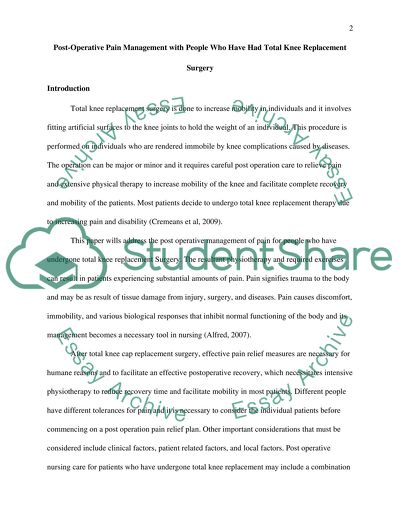Cite this document
(“Post-operative pain management Essay Example | Topics and Well Written Essays - 1500 words”, n.d.)
Retrieved from https://studentshare.org/nursing/1589816-post-operative-pain-management
Retrieved from https://studentshare.org/nursing/1589816-post-operative-pain-management
(Post-Operative Pain Management Essay Example | Topics and Well Written Essays - 1500 Words)
https://studentshare.org/nursing/1589816-post-operative-pain-management.
https://studentshare.org/nursing/1589816-post-operative-pain-management.
“Post-Operative Pain Management Essay Example | Topics and Well Written Essays - 1500 Words”, n.d. https://studentshare.org/nursing/1589816-post-operative-pain-management.


